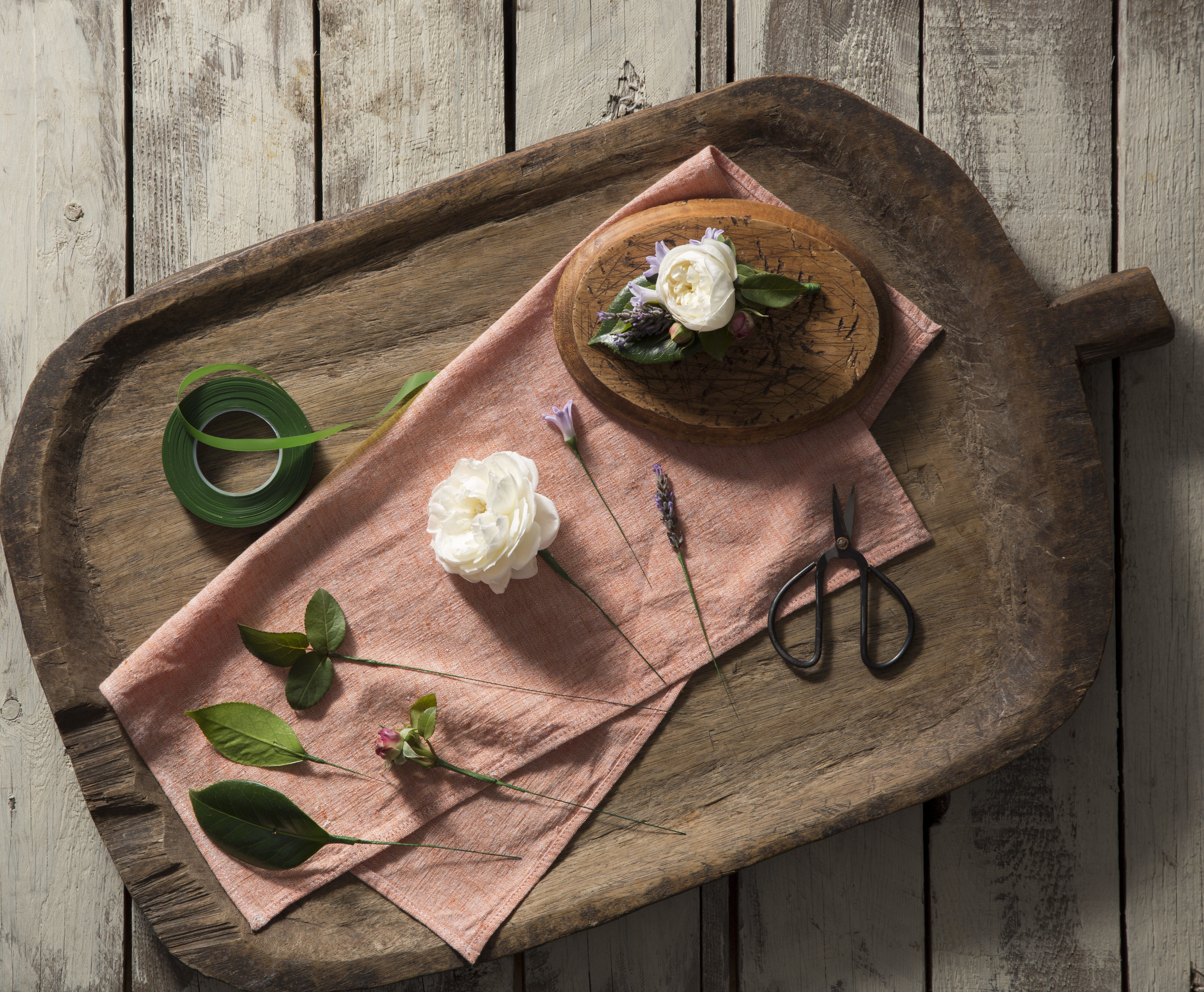Blog
In the thick of it with wiring

Some facts about wiring flowers.
We all know that professional florists use wires to give support and structure to some fresh materials. They choose a particular wiring technique and wires of a particular thickness for each type of flower or foliage.
Wire thickness has been traditionally measured in gauges, with the bigger gauge being the thinner wire!
18 gauge wire has a thickness of 1.1mm, 20 gauge is 0.9 mm thick, 22 gauge is 0.7mm, 24 gauge is 0.5mm, 26 gauge is 0.4mm and 28 gauge wire is 0.3mm thick.
These days, many florists and suppliers just refer to the thickness of the wire in terms such as 0.9, 0.5 and so on. But just to mix up the measurement systems a bit more and confuse us even further, the length of the wires is measured in inches; they usually come 9 inches or 18 inches long.
Several factors influence what gauge (or thickness) of wire you’ll need to wire specific flowers and foliage. These include the weight, texture and fragility of the flower or foliage and also the occasion or use for which you’re preparing the materials.
Here’s some idea of how thick wires need to be for common flowers: roses, gerberas and carnations generally require 0.7mm wire; chrysanthemums and frangipani flowers usually need 0.5mm wires.